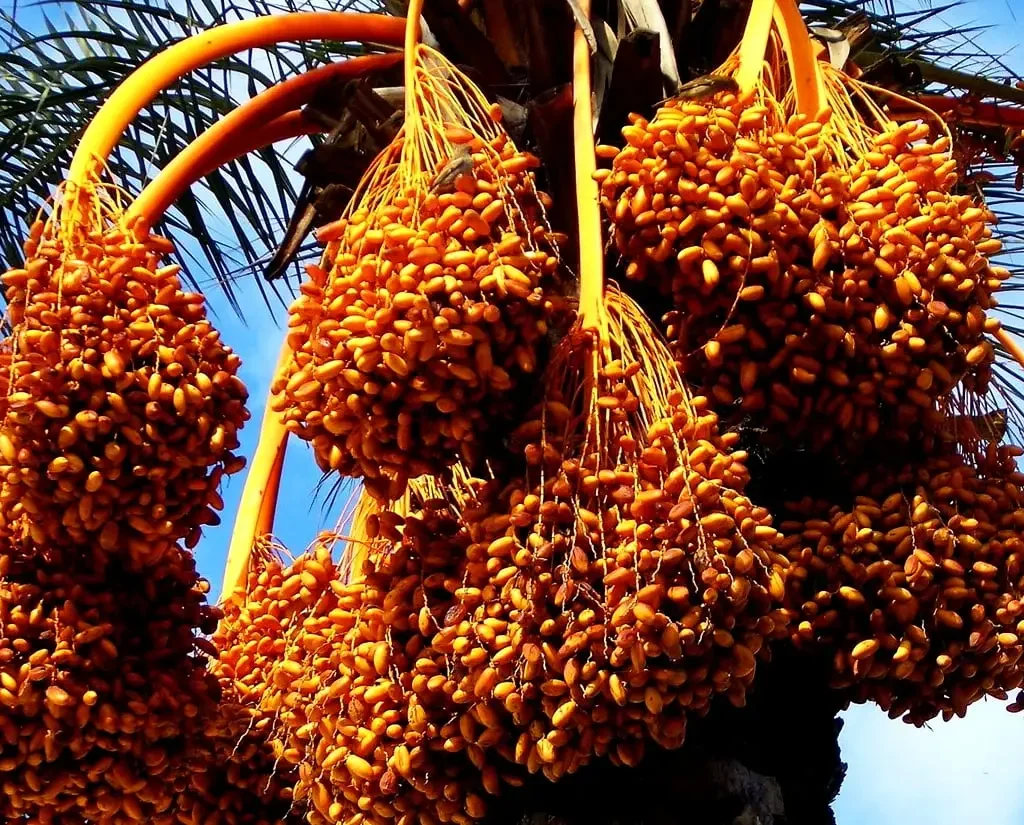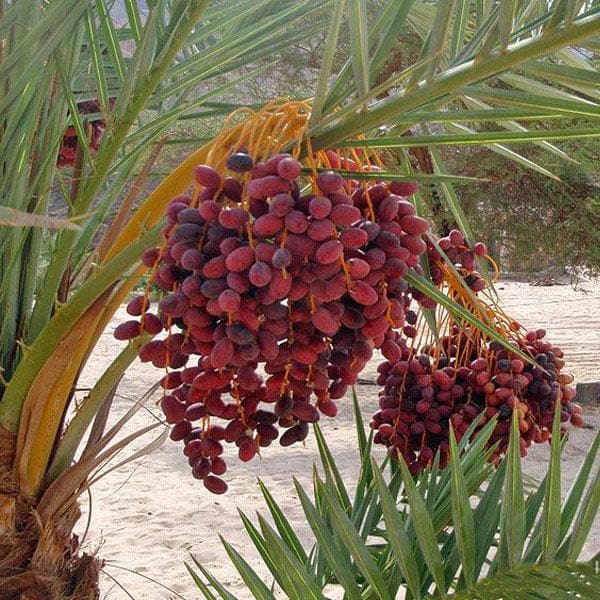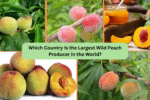Desert date, known scientifically as Balanites aegyptiaca, is one of the most resilient and culturally significant fruit-bearing trees of arid and semi-arid regions. Often referred to as the “desert’s hidden gem,” this drought-tolerant tree has been a crucial source of food, medicine, and fuel in Africa and parts of the Middle East for centuries. But where is this hardy plant most abundantly cultivated? In this detailed article, we explore the origins, cultivation patterns, health benefits, and identify the largest Desert Date producer in the world.
What Is Desert Date?

Desert date is a thorny, evergreen tree native to the drylands of Africa and parts of the Middle East. It belongs to the family Zygophyllaceae and thrives in harsh, arid conditions where few other plants can survive. The tree produces oval-shaped, yellowish-green fruits containing a single, hard seed. These fruits have a bitter-sweet taste and are widely used for their nutritional and medicinal benefits.
In addition to the edible fruit, various parts of the tree — including its leaves, bark, roots, and seeds — are employed in traditional medicine to treat ailments such as infections, liver disorders, and skin diseases. The oil extracted from the seeds is valued for both culinary and cosmetic purposes.
The Cultural and Historical Importance of Desert Date
For generations, Desert Date has been an essential component of survival strategies for communities living in the Sahel and Sahara regions. Its ability to provide food, oil, timber, and traditional medicine has made it a “multipurpose tree”. Historical records suggest its use dates back to Ancient Egypt, where seeds have been discovered in tombs.
Desert Date trees are often integrated into agroforestry systems, playing a critical role in soil conservation, livestock fodder, and rural economies.
The Largest Desert Date Producer in the World: Sudan

Sudan holds the distinction of being the largest producer of Desert Date in the world. The country’s vast arid and semi-arid landscapes, combined with a deep-rooted reliance on indigenous plant resources, position Sudan as a global leader in cultivating and utilizing this resilient tree.
Why Sudan Leads Desert Date Production
1. Native Growth and Ideal Climate:
Sudan’s natural environment — particularly the Sahelian and semi-desert regions — provides optimal conditions for Desert Date trees. The species thrives in sandy and stony soils and can withstand prolonged drought, making it perfectly suited to the country’s terrain.
2. Traditional Knowledge and Usage:
Sudanese communities have centuries of experience in using Desert Date for food, medicinal, and domestic purposes. The fruit, locally known as heglig, is a valued food source during dry seasons when other fruits are scarce.
3. Large-Scale Wild Harvesting:
Unlike commercial orchards, Desert Date in Sudan is primarily harvested from wild or naturally growing trees. This wide availability in nature contributes to the country’s leading production status.
4. Economic and Medicinal Value:
The fruit and its derivatives, including oil, soap, and traditional medicine, form an important part of rural economies. Its rising international demand for cosmetic and pharmaceutical products has further boosted harvesting activity.
Other Major Desert Date Producers

While Sudan leads globally, several other countries also contribute significantly to Desert Date production:
Nigeria:
In northern Nigeria, Desert Date trees are abundant and play a vital role in agroforestry systems. The fruits are used for food and oil extraction, and the tree serves as an important source of animal fodder.
Chad:
Chad’s arid zones cultivate Desert Date extensively, especially in rural communities where it provides food security during drought seasons.
Mali and Niger:
These West African nations value Desert Date for its resilience and diverse applications. Its integration into sustainable land management and local economies has made it a staple resource.
Egypt:
Ancient Egyptians cherished Desert Date, and even today it is grown in arid parts of Egypt for its medicinal and culinary uses.
Health Benefits of Desert Date
Desert Date offers a remarkable range of health benefits:
- Rich in Essential Fatty Acids: Its seed oil contains linoleic and oleic acids, vital for heart and skin health.
- Antimicrobial Properties: Used traditionally to treat infections, it exhibits antibacterial and antifungal effects.
- Liver Protection: Extracts from the plant have been shown to support liver function and detoxification.
- Rich in Antioxidants: Helps combat oxidative stress and inflammation.
- Nutrient-Rich Fruit: The fruit provides energy, vitamins, and minerals, particularly during food-scarce dry seasons.
Economic and Ecological Importance

Beyond its medicinal and nutritional value, Desert Date trees play critical ecological roles:
- Soil Stabilization: Their roots prevent soil erosion and improve land fertility.
- Fodder Source: Leaves and fruit are important livestock feed.
- Renewable Energy: Its wood is used as fuel in rural areas.
- Agroforestry Systems: Enhances biodiversity and resilience in agricultural landscapes.
Challenges in Desert Date Production
Despite its benefits, Desert Date production faces several challenges:
- Overharvesting: Unregulated harvesting for commercial and local use threatens sustainability.
- Limited Commercial Cultivation: Most trees grow wild, and organized farming initiatives are scarce.
- Pest and Disease Vulnerability: While drought-tolerant, trees can be affected by insect pests.
- Market Access: Limited processing infrastructure and market linkages restrict broader commercial exploitation.
Future Prospects

As interest in natural, sustainable, and multifunctional plant resources grows globally, Desert Date holds significant potential for expanded use in food, pharmaceuticals, and cosmetics. With proper management, value addition, and international marketing, Desert Date products could enhance livelihoods in arid regions while conserving natural ecosystems.
Conclusion
Sudan’s favorable climate, traditional knowledge, and vast natural resources have secured its status as the world’s largest Desert Date producer. Its leadership is complemented by contributions from other African nations like Nigeria, Chad, Mali, and Niger. As Desert Date gains recognition for its health, economic, and ecological benefits, it stands poised for a greater role on the global stage — a resilient survivor of the desert offering nourishment, medicine, and hope for sustainable development.



